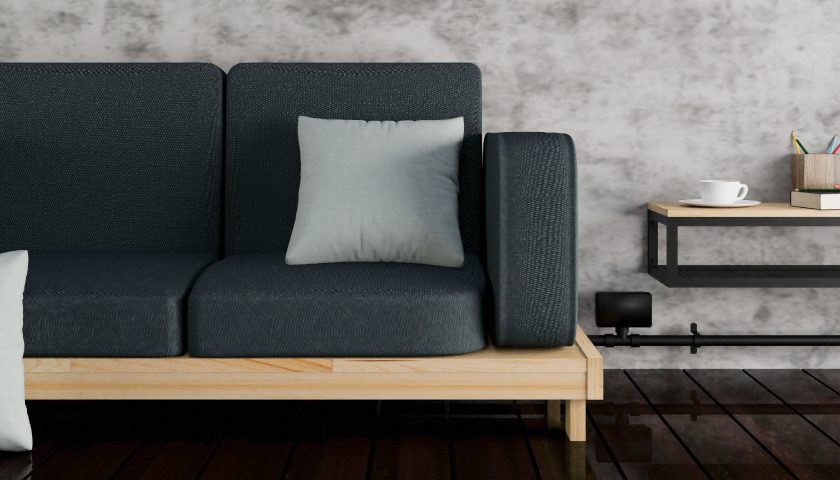It’s a well-known fact that the psychology of colours plays an important role in the world of design. Colours can evoke various emotions ranging from joy and excitement, calmness and comfort, to dark and dreary depression. The colours around you have an impact on your decisions and behaviours throughout the day. And it’s for this very reason that you must choose your décor colour palette with great care.
We bring you the lowdown on the impact that different colour choices have on your moods.
Sunny Yellow
Yellow is a complex colour, as different shades and intensities can have different psychological effects. Warm sunshine yellow is very cheery and a lovely pick-me-up, while bright yellow can evoke intense emotions and over-stimulate the senses.
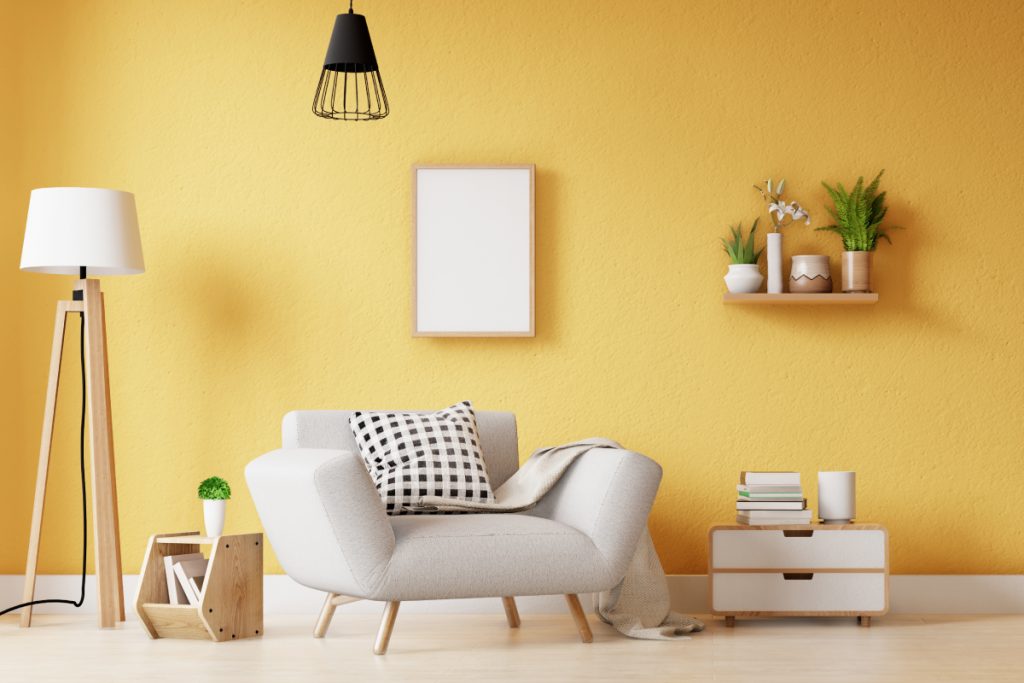
A beautiful shade to have around your home, but keep it balanced by toning down your palette with neutral shades like white and cream.
Poster Red
This high energy, bold shade is a stunning addition to any room. While the right amount of red can be stimulating and vibrant, too much red can provoke feelings of hostility, anger and aggression.
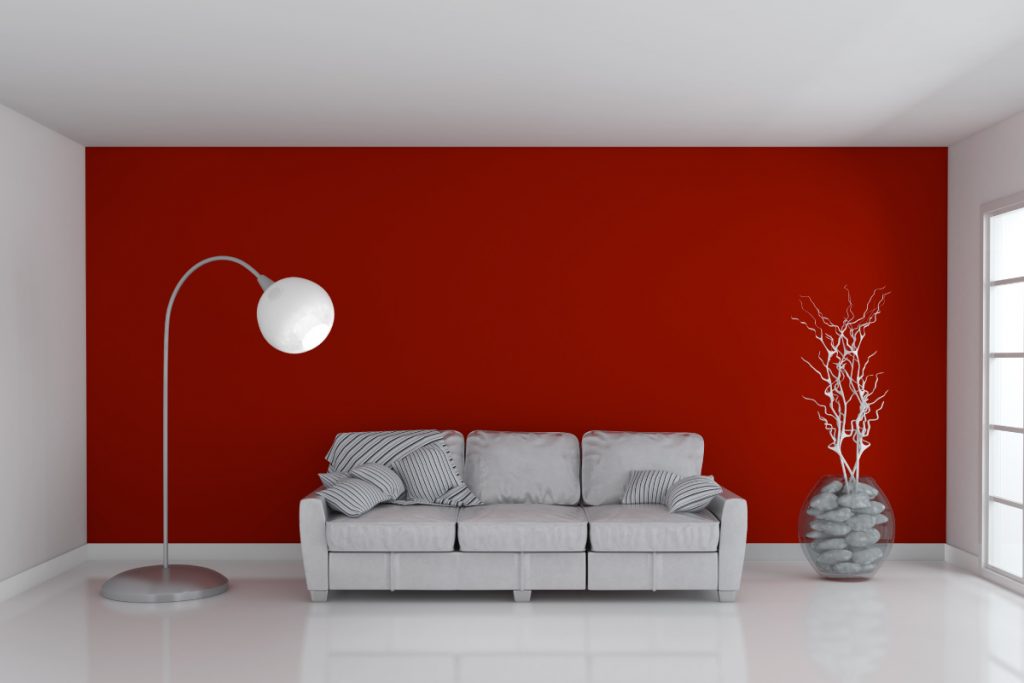
Red is a dominant colour that should be used in moderation, so perhaps you should use it for just one accent wall, but not all four walls as that would be definite overkill.
Vibrant Orange
Orange is a shade that can be uplifting and rejuvenating, but if used in excess can irritate and make you feel uncomfortably warm or restless.
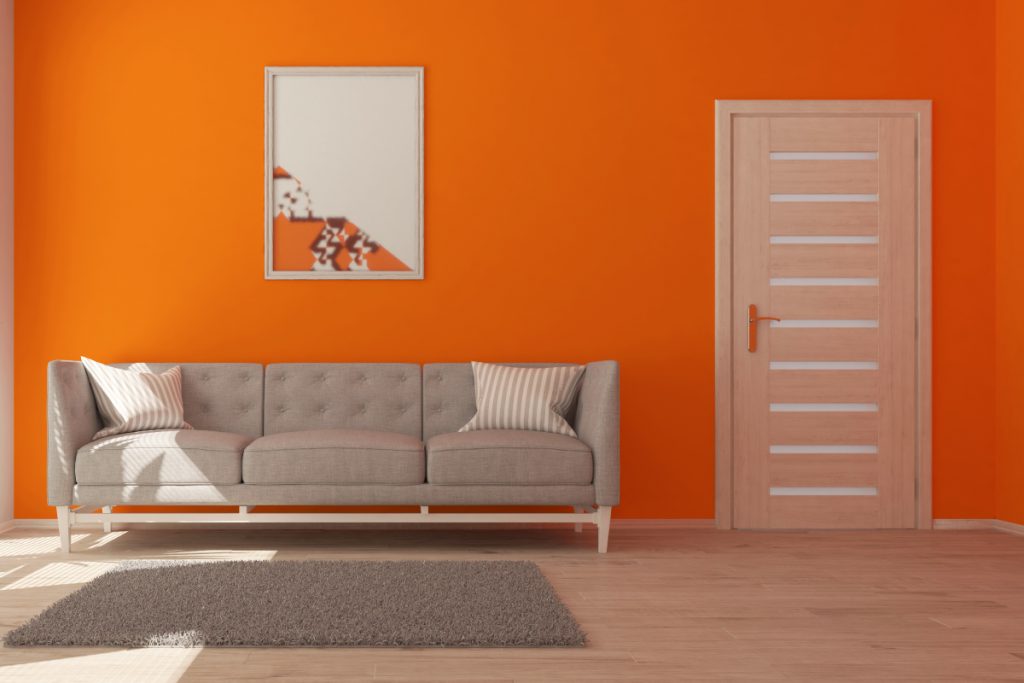
This bright shade is related to curiosity, creative pursuits and entertainment, so it’s an excellent choice for an art room or your family space. Orange is also said to spread positivity, optimism and cheer.
Magical Mauve
A pinkish variant of purple, mauve lends its unique touch to any space and is associated with creativity and luxury. Leaning on the feminine side, mauve is a gentle colour that evokes the mystical magic of the onset of spring.
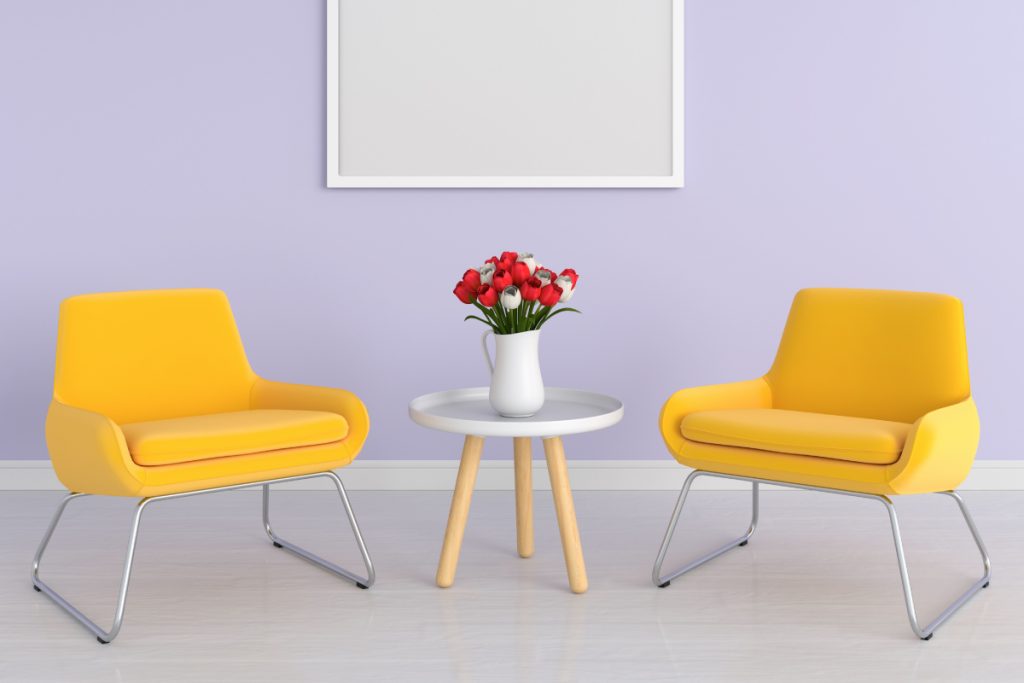
Darker shades add drama to your décor, while lighter shades like lilac and lavender have a restful quality that works very well in bedroom designs.
Smoky Grey
Grey is considered by psychologists to be a non-colour, much like white and cream, that is not found on the colour wheel but plays an important role in balancing out other colours.
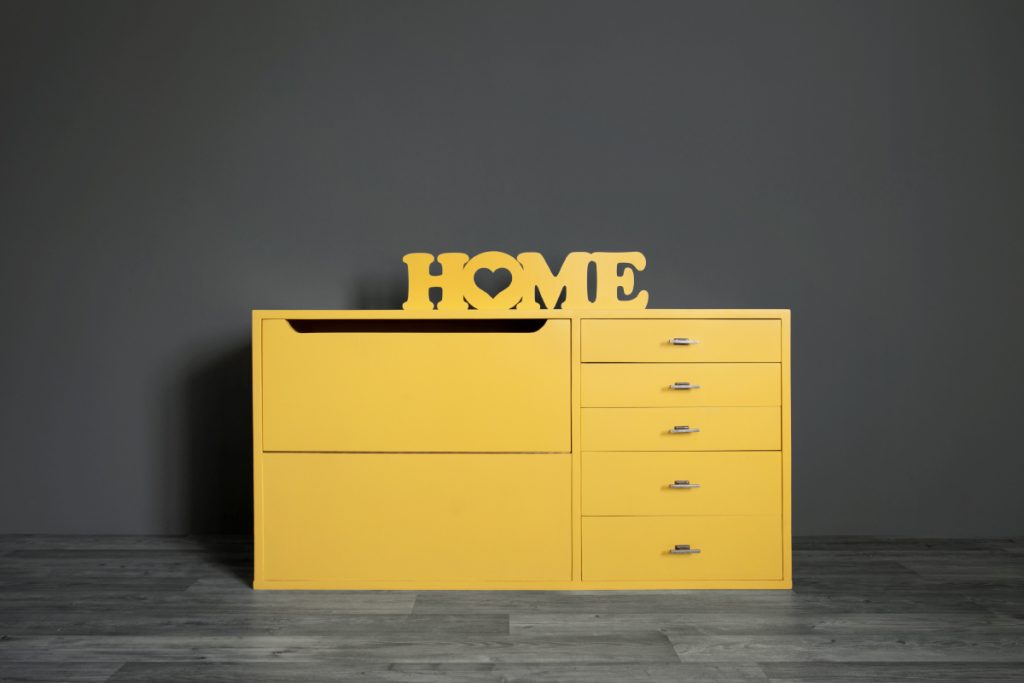
Used on its own, smoky grey has a calming and relaxing effect and can be used to advantage as a backdrop to pops of vibrant colour in and around the room. Some designers feel that too much grey could be depressing, but this gorgeous grey bedroom begs to differ.
Navy Blue
Most people think of blue as a calming, restful and cool colour; an association that could have its beginnings in the colours of the sky and the sea! Blue bedrooms can help you sink into a restful night’s sleep, and it has been scientifically proven that the colour blue can reduce your heart rate and bring down your blood pressure, both of which are conducive to better sleep.
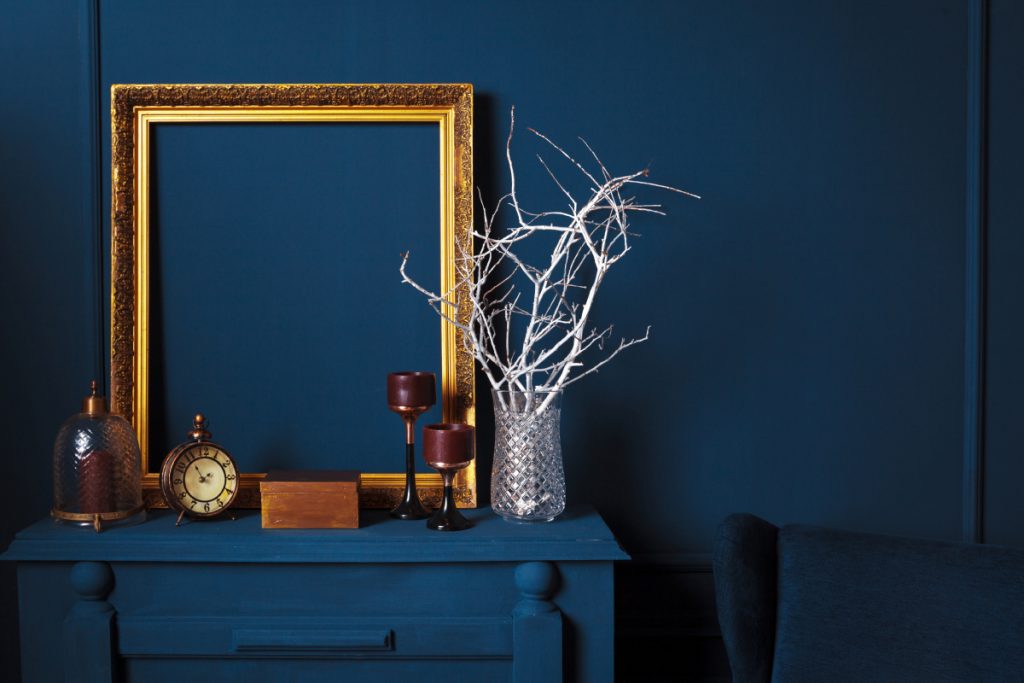
Darker shades of blue are powerful and stimulating and go especially well with shades of grey and white.
Lime Green
Halfway between yellow and green on the colour spectrum, lime green is associated with tender leaf buds in the first flush of spring. It promotes growth and sparks youthful liveliness and creativity, making it the perfect colour for a children’s playroom.
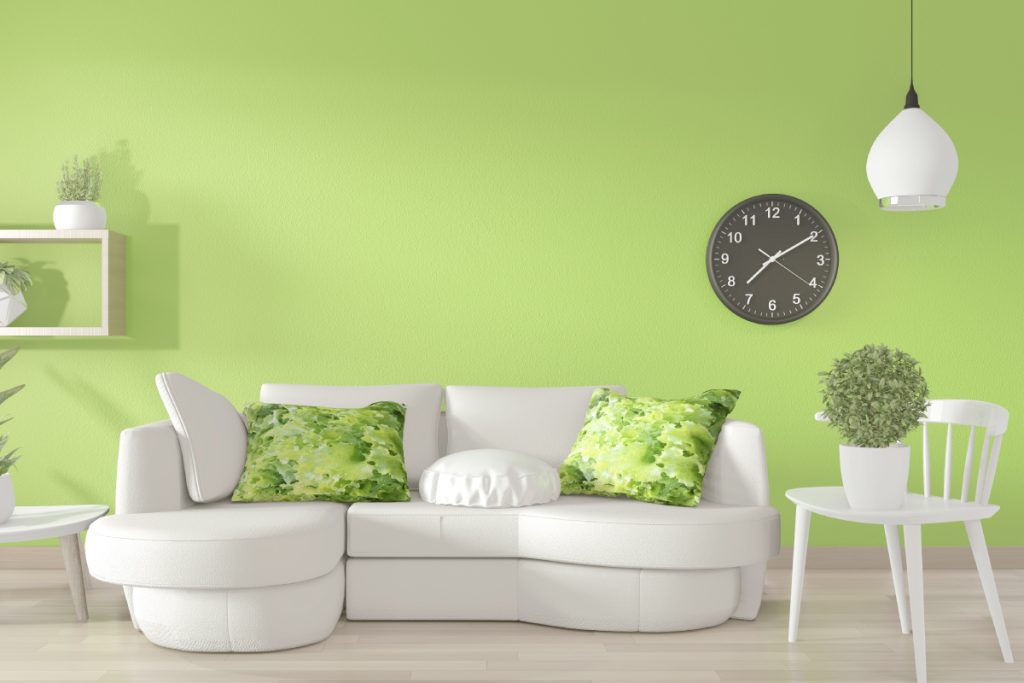
Darker shades of green are refreshing and soothing and considered to be very healthy and natural. It’s a very versatile colour; you can try using different shades of green in the same room for a balanced and harmonious effect.
Brilliant Turquoise
This brilliant, lustrous colour is derived from the richness of gemstones and balances shades of blue, green and gold. It gives a feeling of calm tranquillity and for this reason, works very well in bedrooms.
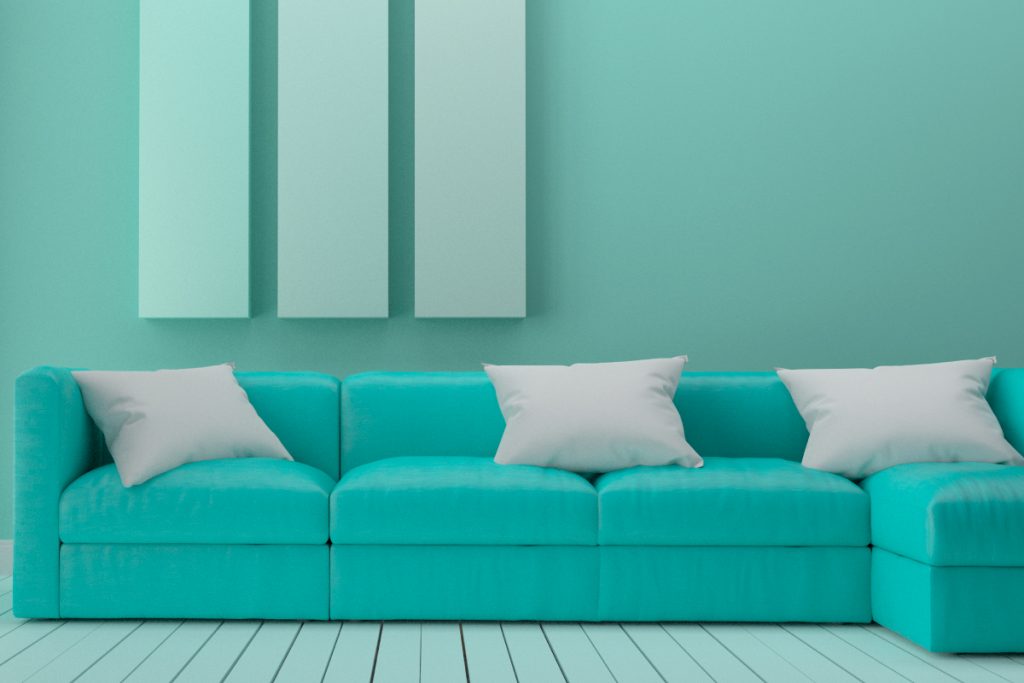
Turquoise gives out very positive vibes that are harmonious with nature, and offer spiritual grounding and healing energy.
Silken Taupe
Taupe is a timelessness that will never go out of style, and this makes it a favourite weapon in an interior designer’s arsenal.
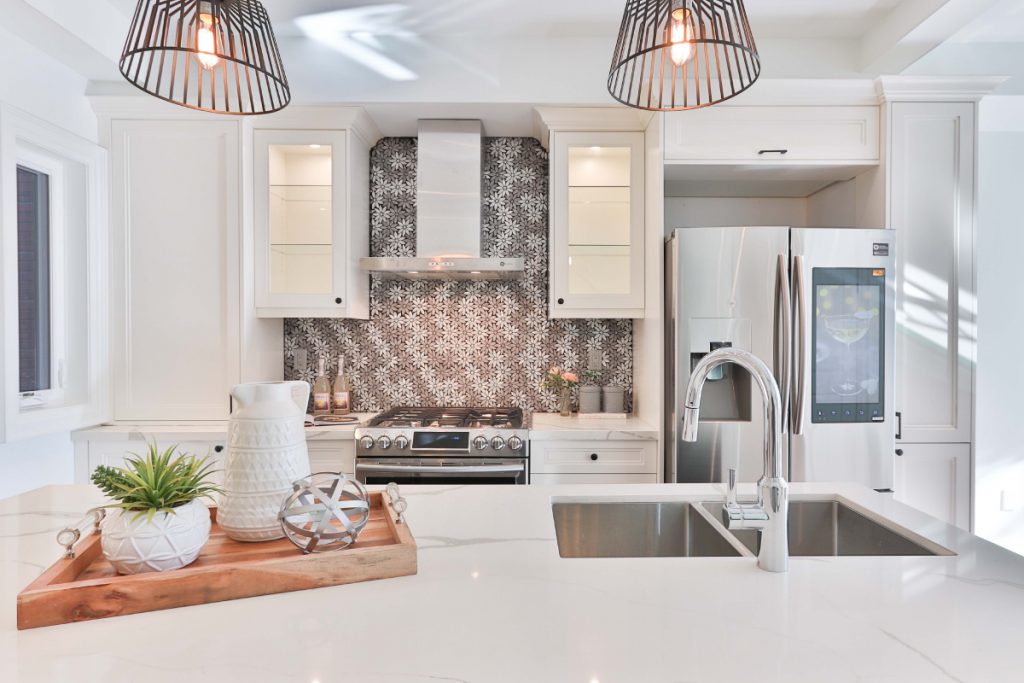
Elegant and comfortable, this neutral shade of beige is earthy and practical and blends well with almost any colour palette. Use it on its own or pair it with shades on the opposite end of the spectrum for a stylish, modern effect.
This article is contributed by Dipti Das, AVP-Design, HomeLane.com.
(The views expressed here are solely those of the author and do not necessarily represent or reflect the views of RoofandFloor)

